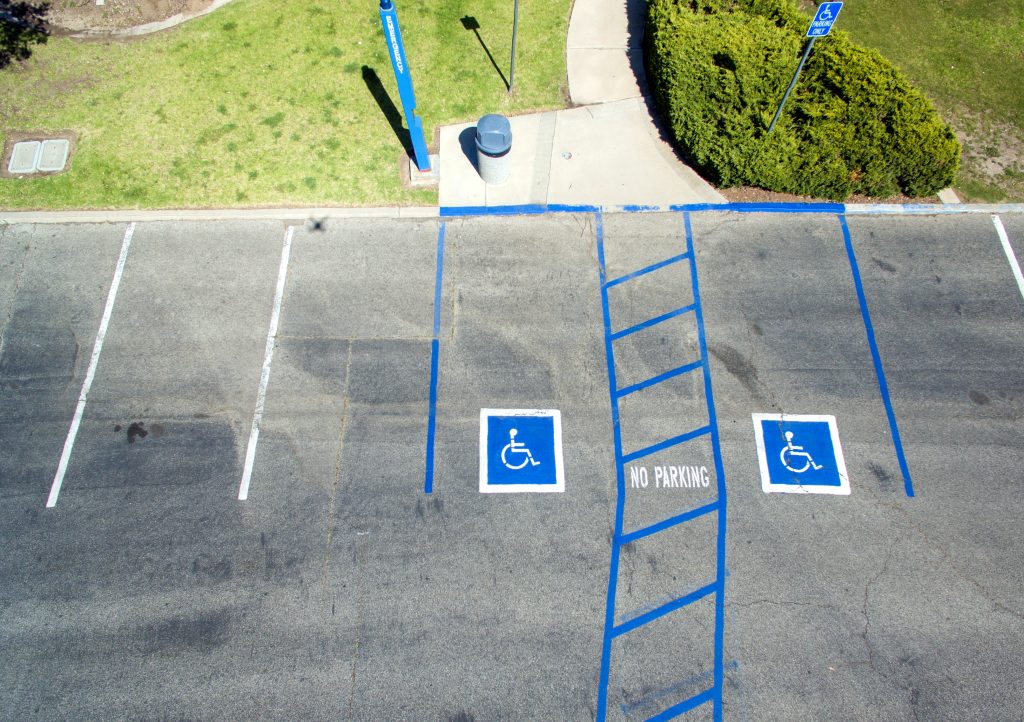Introduction to blog series on inclusion and disability
What does true and genuine inclusiveness mean with respect to disability? Where does it actually start? Unlike other categories of diversity we usually examine with respect to workplace and the public sphere, inclusiveness in terms of disability probably needs to start in the private sphere, at home, with family, at school, with teachers and staff, and then there is a greater chance of inclusiveness in the work and public domain.
Andrew Solomon in his deeply insightful and evocative book, “Far from the tree: Parents, Children and the Search for Identity” examines the consequences of extreme personal differences between parents and children, including physical and intellectual disability, autism, psychopathy or genius. He described this as the “horizontal identity” in which a child has a trait that is foreign to his or her parent in contrast to the “vertical identity” that are traits shared with the parents (e.g., hair colour or myopia). He found that some parents accept the differences and others struggle with it.
“Though many of us take pride in how different we are from our parents, we are endlessly sad at how different our children are from us.”
What about inclusiveness in society sought by every individual?
According to the 2011 census, there are 2.68 crore disabled (physically and mentally) individuals in India. This is 2.21% of the population [1]. One of the Sustainable Development Goals (SDGs) proposed by the United Nations is to build inclusive societies by 2030. Some of the SDGs are addressing issues related to disabled persons [2]. The SDG 4 is aiming at ‘Guaranteeing equal and accessible education’. SDG 10 for ‘Emphasising the social, economic and political inclusion of persons with disabilities.’
This blog series examines inclusiveness in India in different contexts- at home, at school, and in leisure activities. This is for individuals with disability (physical or intellectual). Economic inclusion is discussed during conversations related to employment opportunities for people with disability. Social inclusion also needs to be examined. This is because a lot of people may fall on this spectrum at one point in their lives. This may be true ven if they are not born with a disability or an impairment.
Disability: the social model
The social model of disability views disability not in terms of the impairment of the individual but in terms of environmental, structural, and attitudinal barriers that hinder their inclusion in several areas of life, including employment, education, and leisure. What are the experiences of some of the people who are working in this field? Do they find inclusion at home, in classrooms, and the outside world for these individuals? This blog series provides a snapshot of their perspectives.
About the Author and references
Naureen Bhullar has a doctorate in Psychology and conducts research across topics including emotion and emotional contagion, meaning in life, mindfulness, autism in adolescents and adults, and diversity and inclusion. She has published her research in different journals, including Psychological Studies, IIMB Management Review, Psychologia, Personal Relationships, Advances in Autism, and Current Psychology. She is also engaged in research with Serein, which includes assessment of training sessions and co-creating activities for workshops on bias and sexual harassment.
2. https://mospi.nic.in/sites/default/files/publication_reports/Disabled_persons_in_India_2016.pdf


